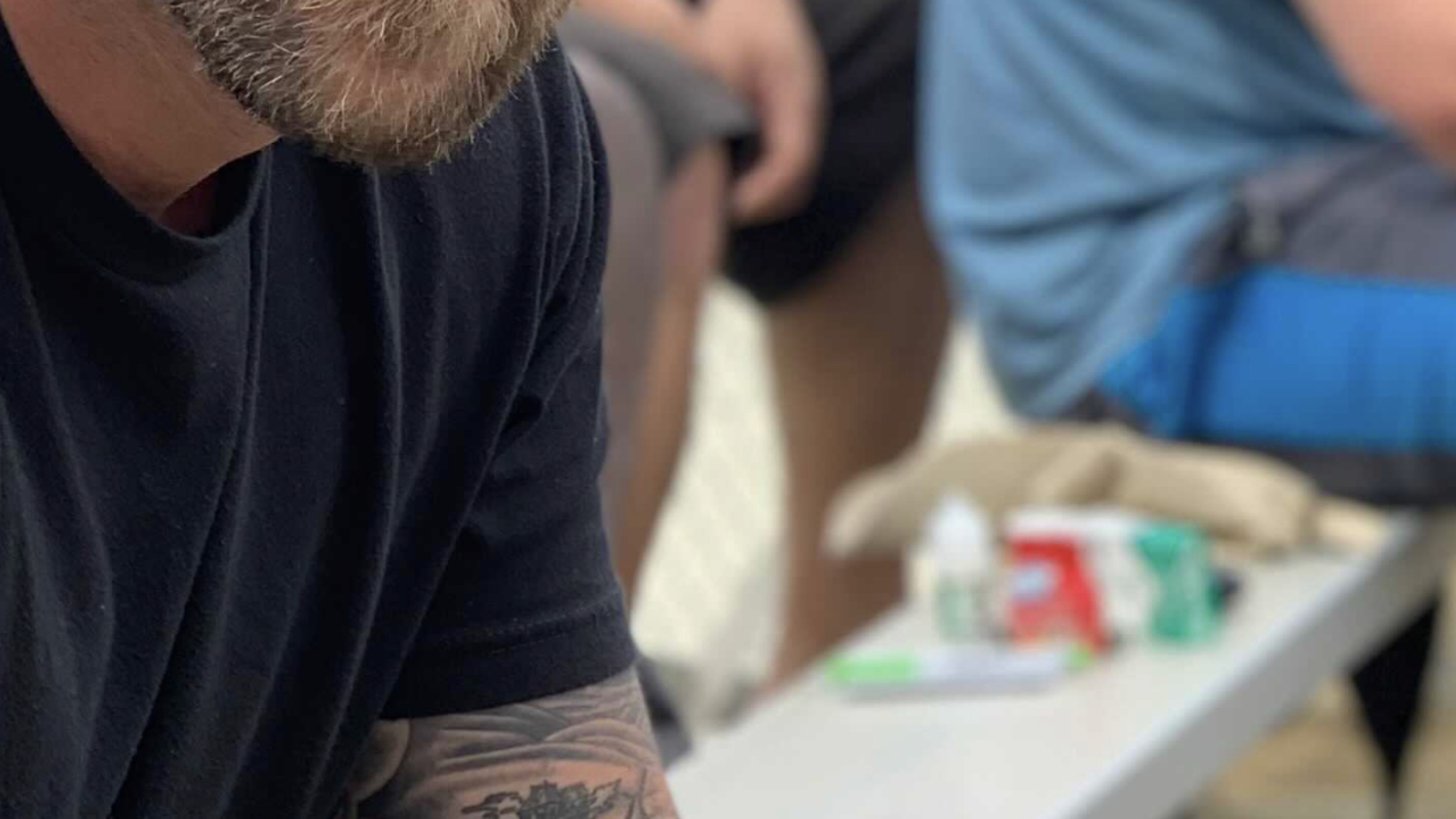Most people have heard of opioids and know that opioid addiction is a significant issue. One of the biggest problems with the opioid epidemic is that many people become addicted thanks to prescription medications. Without knowing the signs of opioid abuse, it can be hard to tell if someone has an opioid addiction. In some cases, people who aren’t abusing opioids, but are simply taking them for a prolonged period can wind up addicted without knowing it.
The Last House believes that everyone deserves a chance to live free of drug addiction. We understand what a problem the opioid epidemic has become and that getting your loved ones the help they need is critical. In this post, we are going to look at signs of opioid use, opioid addiction signs, and how to find treatment for opioid addiction.
Which Drugs Are Opioids?
Opioids are derived from the seeds of the poppy plant. They are widely used in medications that treat chronic and severe pain. Opioids come in a variety of forms and can be both natural and synthetic.
Most opioids are in drugs such as those of the oxy family of drugs and a few other popular medications. Heroin is in the opioid family as well. Not only these medications, but there are now incredibly strong synthetic opioids such as the drug fentanyl, which is both a prescribed medication, and a derivative street drug that has proven to be incredibly deadly.
Opioids are all incredibly addictive due to two primary factors. The first factor is due to the fact that opioids affect both the brain and the central nervous system. Over time, opioids change the chemical makeup of the body, changing the way the body and brain react to pain and causing what is known as chemical dependency. Chemical dependency gradually shifts until a person becomes completely addicted to the drug.
The second reason many people become addicted to the drug is that they start to enjoy the way the drug makes them feel. In particular, some opioids are known to cause a calming and relaxing or even euphoric sensation that some feel is a “high.” They begin to take more and more of the drugs or even change the way they ingest the drug in order to get this feeling.
What Are the Signs of Opioid Abuse
Like most drugs, there are certain signs to look out for that you can use to tell if someone has an opioid abuse problem.
Because most opioids that are widely available are prescriptions one thing to look out for is a change in the amount a person is taking, such as taking more than prescribed and going back too often for refills. They may also change the way they take the medication, such as changing from swallowing pills to crushing and snorting them. This is a clear sign that they may be abusing the drugs.
Other behavioral signs include secrecy and paranoia over their drug use. Distancing themselves from loved ones and favorite activities is another trait, as is neglecting responsibilities.
A person may even wind up in financial and legal trouble due to drug-seeking behavior.
Emotional signs include anxiety, depression, mood swings, fear, and anger. They may flip from one mood to another, especially if pressed about drug use.
Are There Treatment Programs For Opioid Addiction?
Yes, you can find opioid-specific treatment programs that include personal care and medically assisted detoxification at a treatment center near you that work for opioids. However, once treatment is complete, that doesn’t mean the fight with addiction is over.
That’s when you need The Last House. The Last House offers men’s sober living in Los Angeles for those in recovery. We have multiple programs available for those just ending treatment, all the way to those that are ready to phase out of the program to ensure that everyone has the help they need to return to a life free of opioids.
Contact The Last House today to learn more about our Los Angeles sober living locations and get help with your recovery.
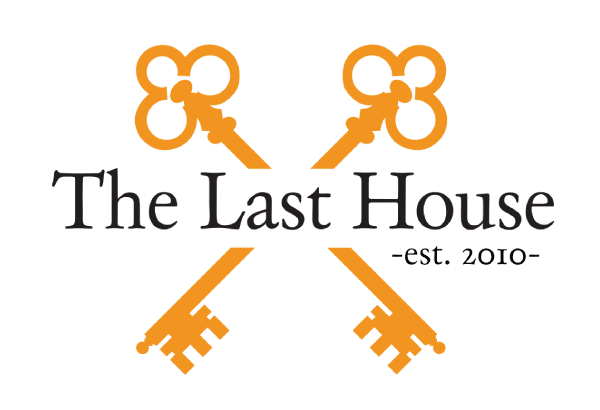
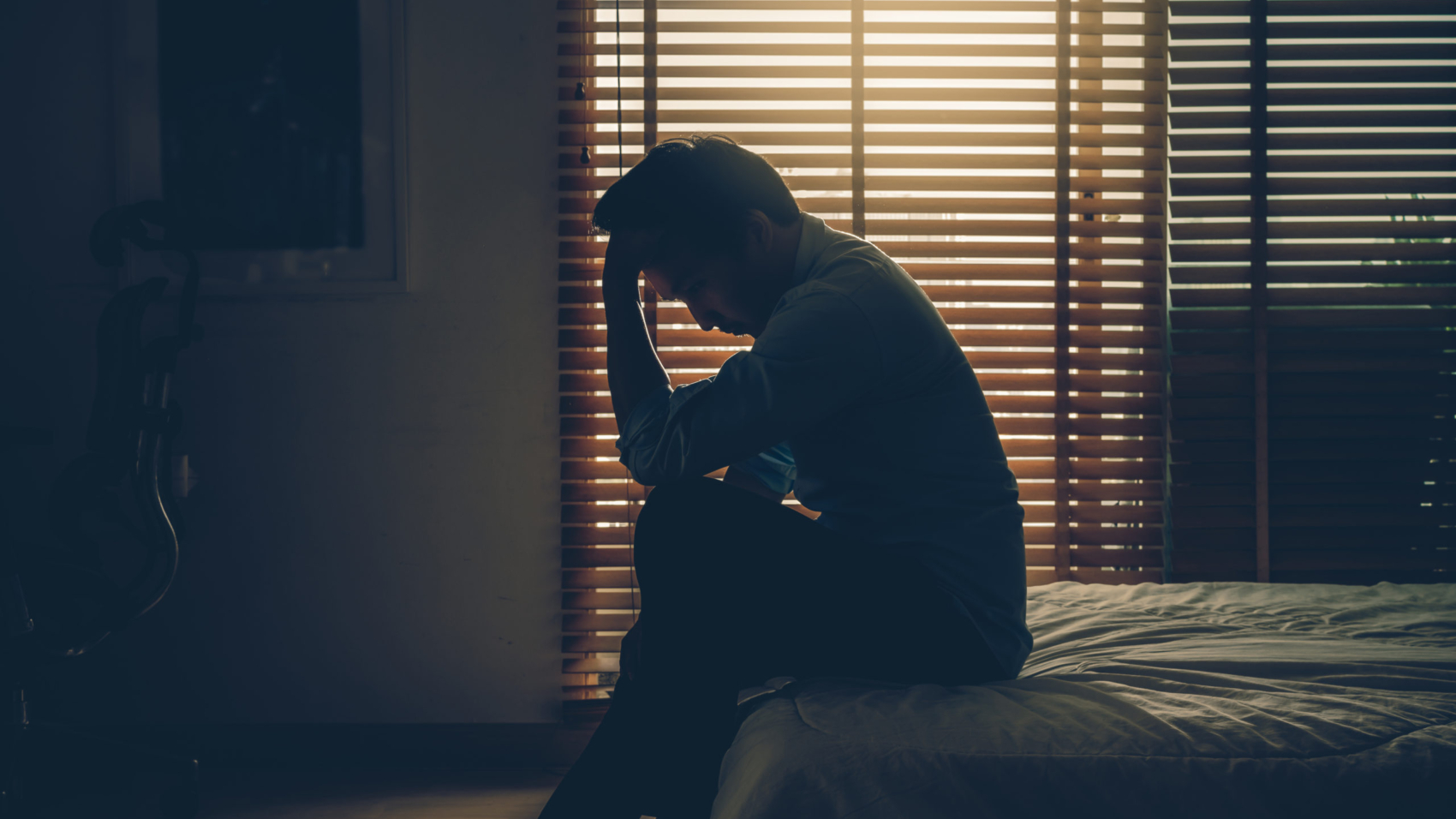

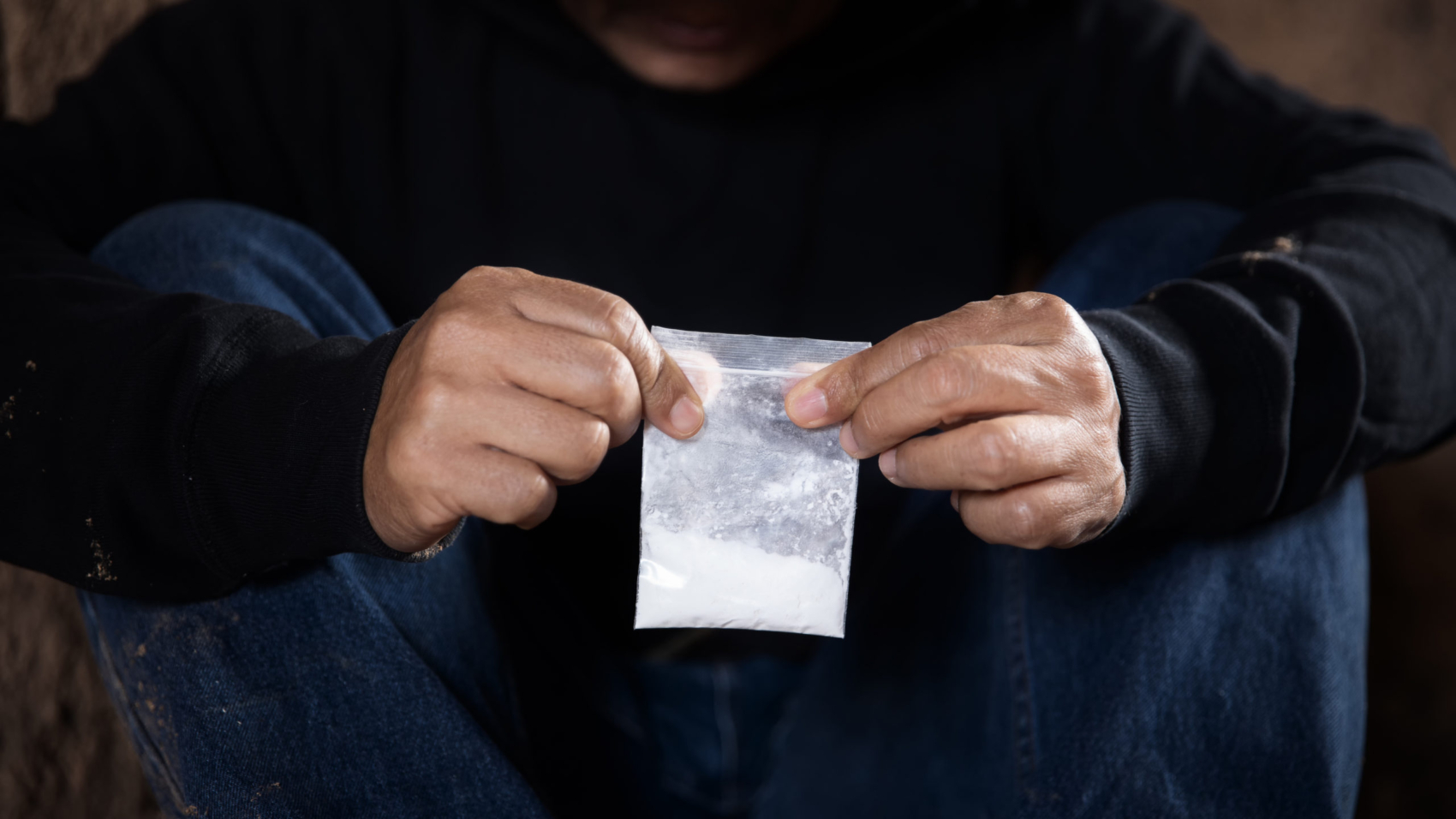
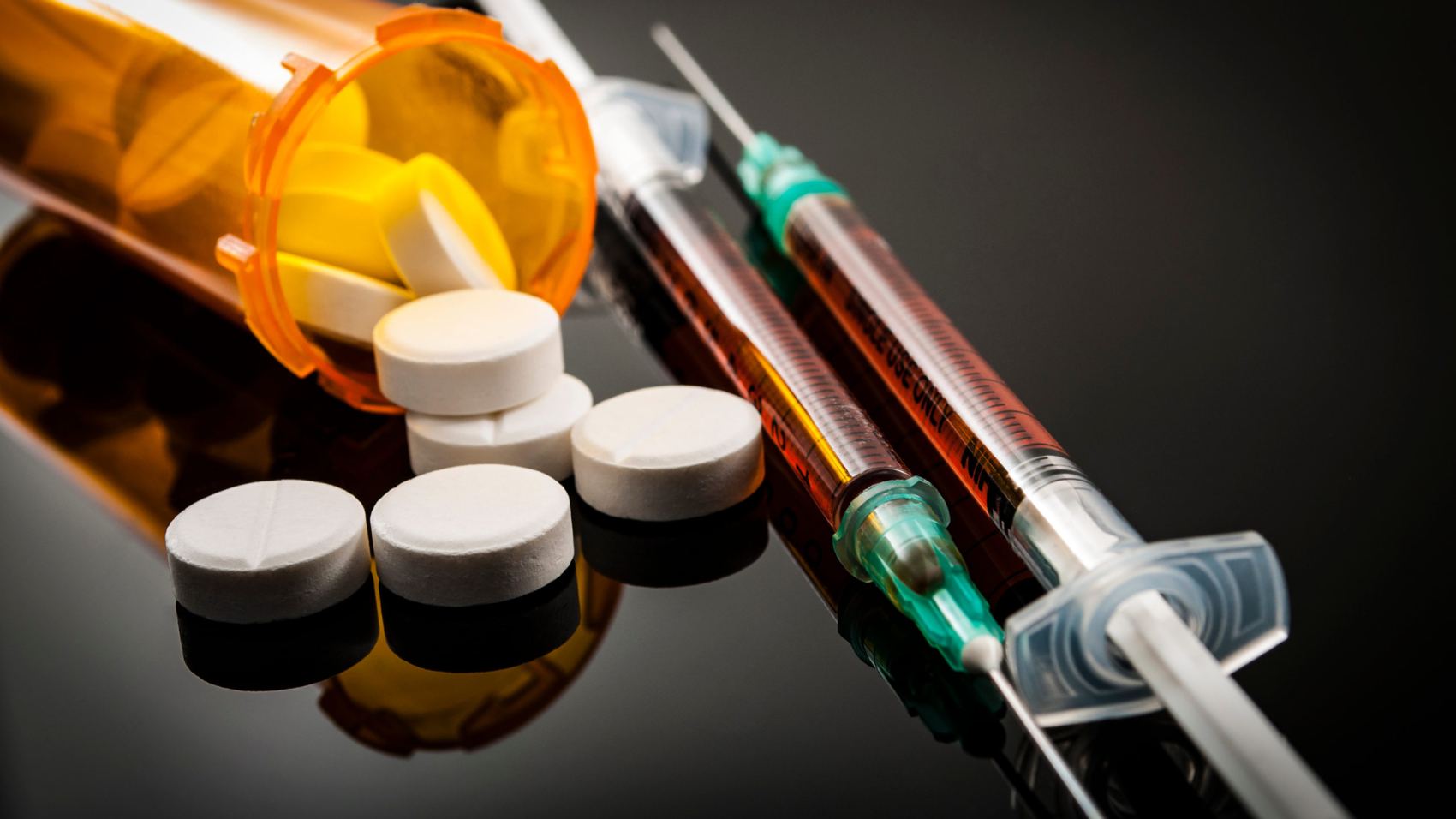
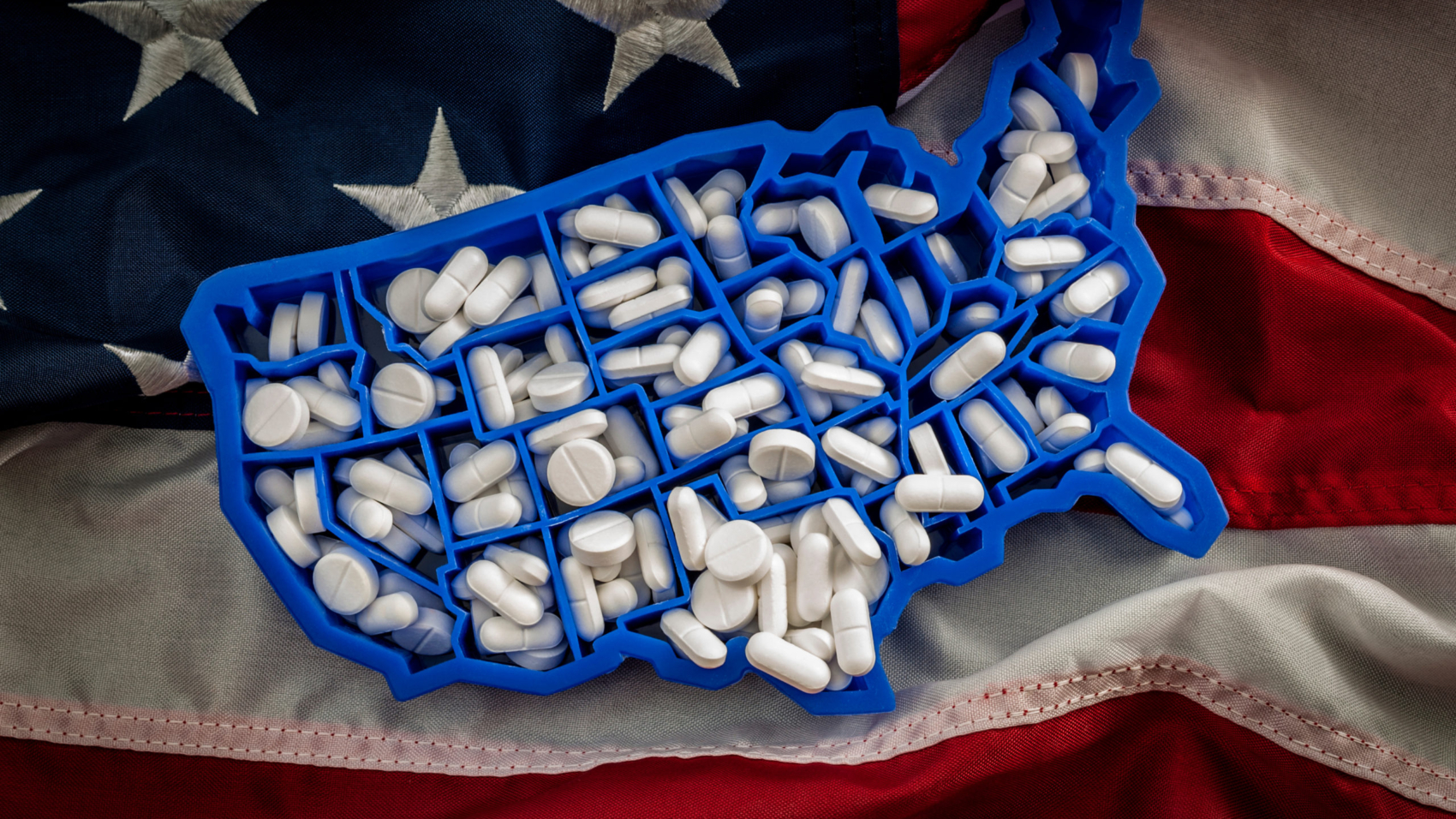
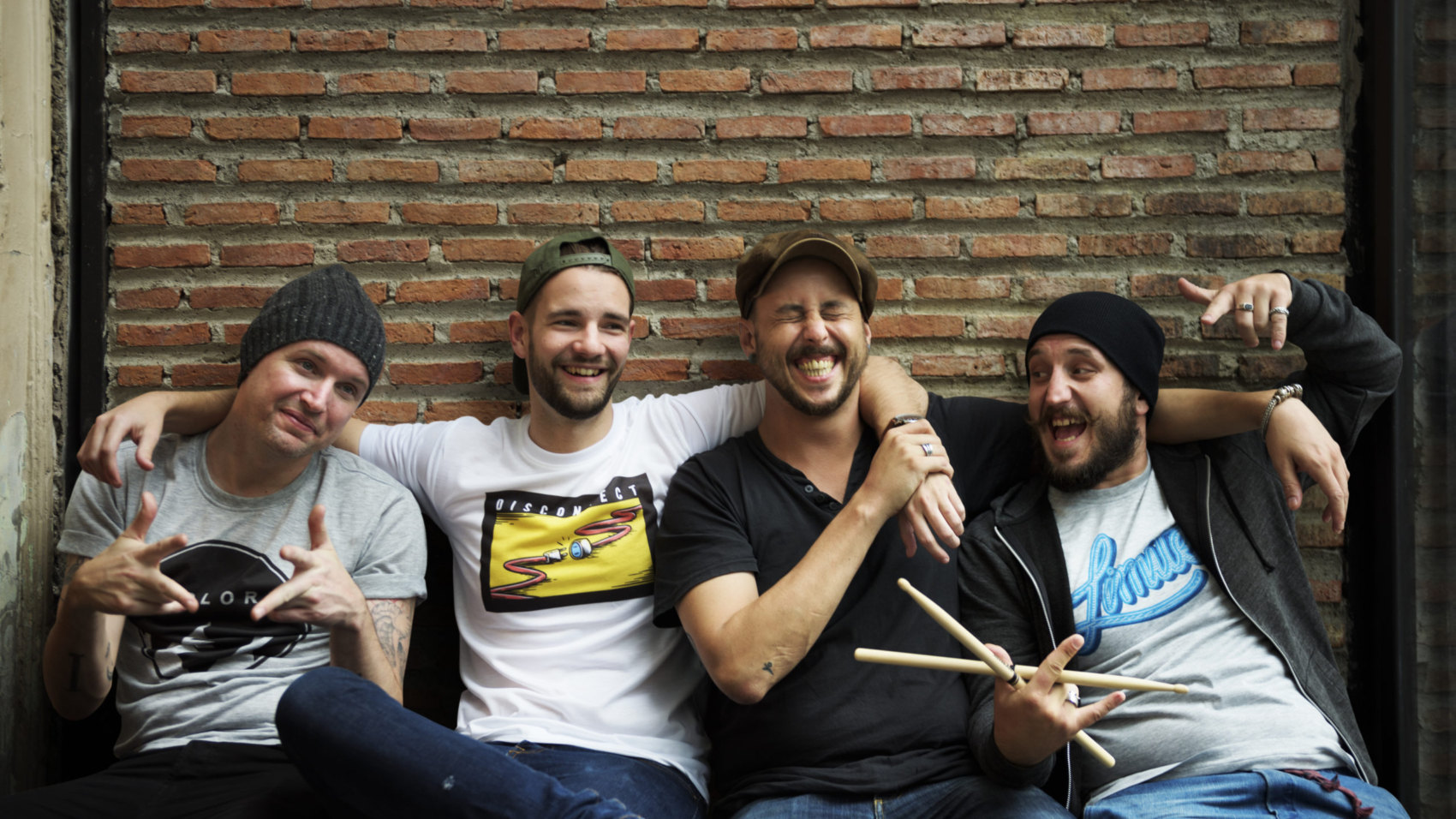
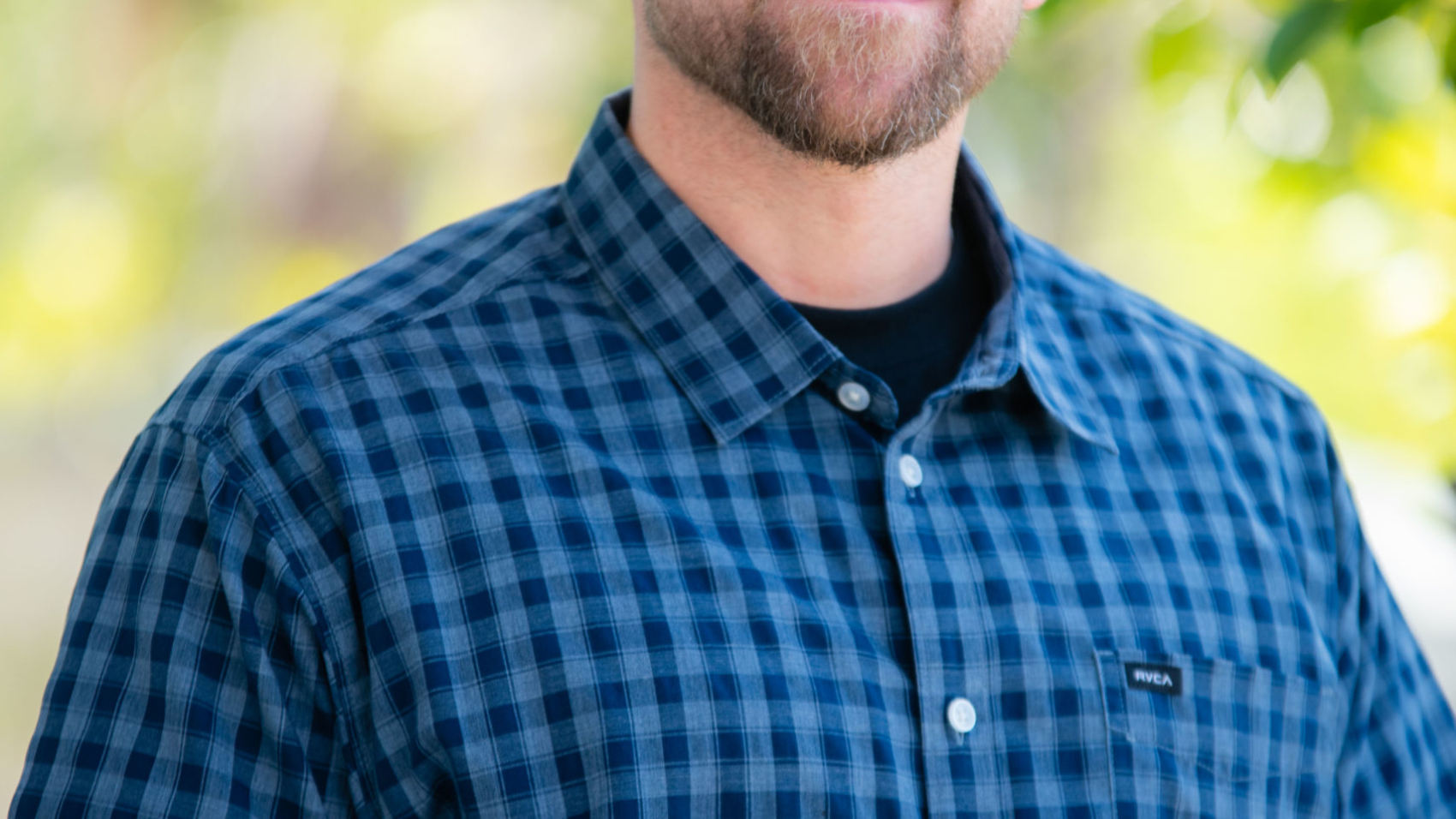
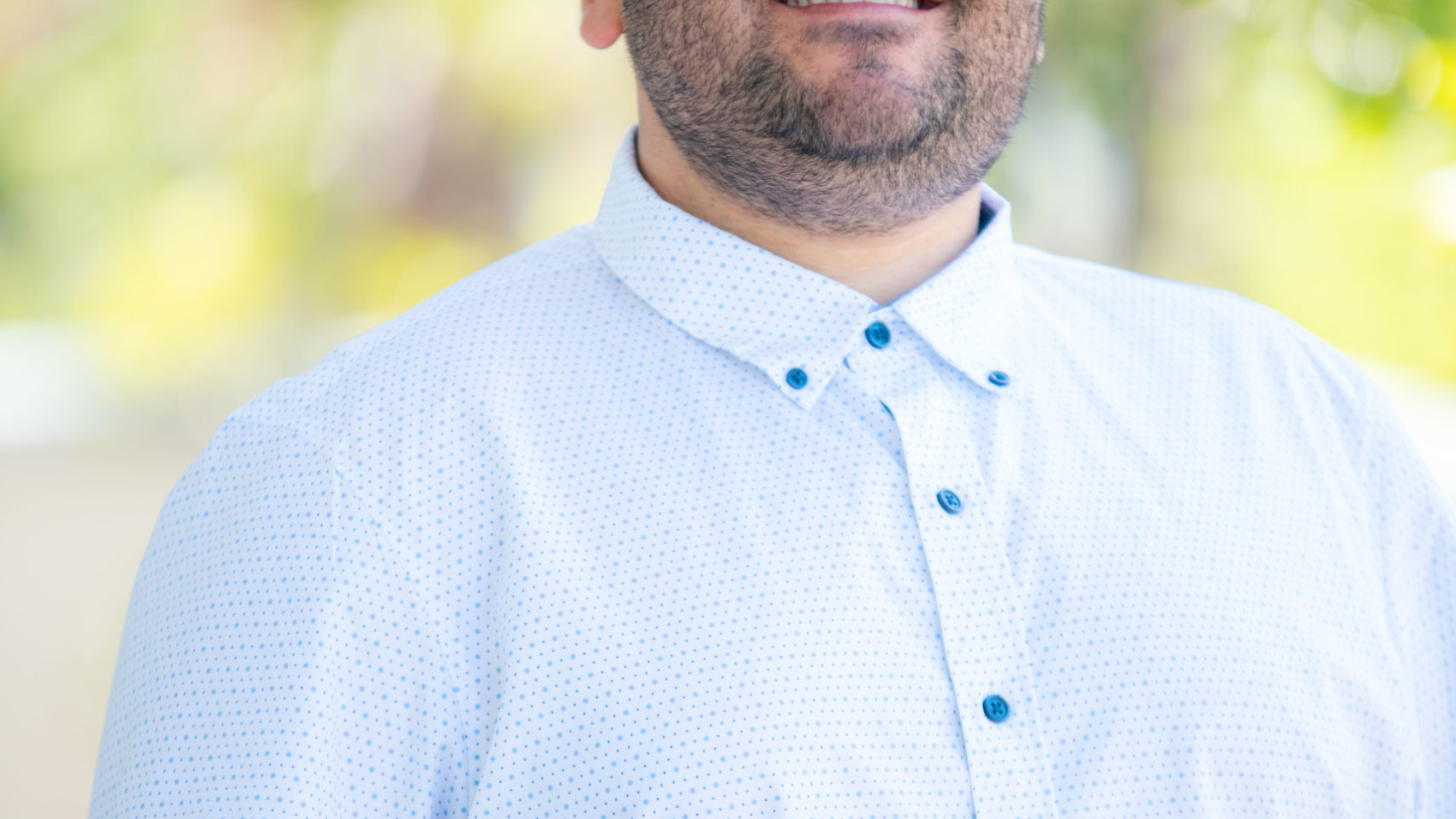
 A majority of 2020, I spent my time in jail-Banning, CA. The looming thought that prison would be my fate. Which I thought was well deserved. Feeling alone and angry, enveloped in self hatred. The hurt I caused others, the years wasted chasing a facade. I did not care what happened to me anymore! I had been given every chance to change and like clockwork I always walked down that same path, the familiar one. On Christmas Day, I almost got in a fight with a guard which would have sealed my fate in the Penitentiary, the other inmates were cheering me on and something came over me, I swallowed my pride and sat down, not caring what they thought of me. Merry Christmas! That night I got on my knees, prayer wasn’t something unfamiliar to me but something I had forgotten. “Why would God answer my prayers?” I didn’t care who saw, I just prayed for forgiveness and one last opportunity to change my life! Please! I am emotional writing this because I was in so much pain in that cell! Once again, a loving God gifted me mercy and there was a shift in my case allowing me to seek treatment. Not just any treatment, they wanted high structure and supervision since I had AWOL’d so many times in past treatments. My mom, who has since passed, got on the phone and called everywhere trying to find the right place that would take me and would comply with the court’s strict stipulations. She gave me a list of a few she thought would work.
A majority of 2020, I spent my time in jail-Banning, CA. The looming thought that prison would be my fate. Which I thought was well deserved. Feeling alone and angry, enveloped in self hatred. The hurt I caused others, the years wasted chasing a facade. I did not care what happened to me anymore! I had been given every chance to change and like clockwork I always walked down that same path, the familiar one. On Christmas Day, I almost got in a fight with a guard which would have sealed my fate in the Penitentiary, the other inmates were cheering me on and something came over me, I swallowed my pride and sat down, not caring what they thought of me. Merry Christmas! That night I got on my knees, prayer wasn’t something unfamiliar to me but something I had forgotten. “Why would God answer my prayers?” I didn’t care who saw, I just prayed for forgiveness and one last opportunity to change my life! Please! I am emotional writing this because I was in so much pain in that cell! Once again, a loving God gifted me mercy and there was a shift in my case allowing me to seek treatment. Not just any treatment, they wanted high structure and supervision since I had AWOL’d so many times in past treatments. My mom, who has since passed, got on the phone and called everywhere trying to find the right place that would take me and would comply with the court’s strict stipulations. She gave me a list of a few she thought would work.